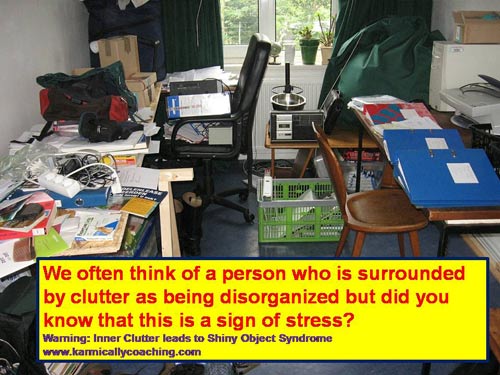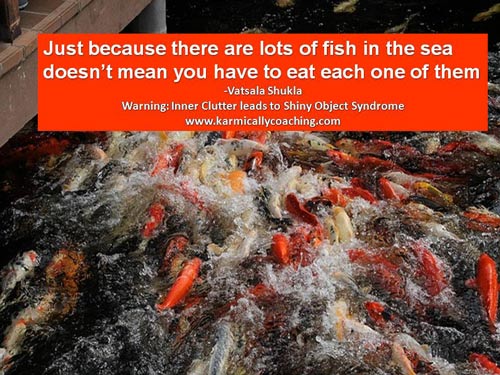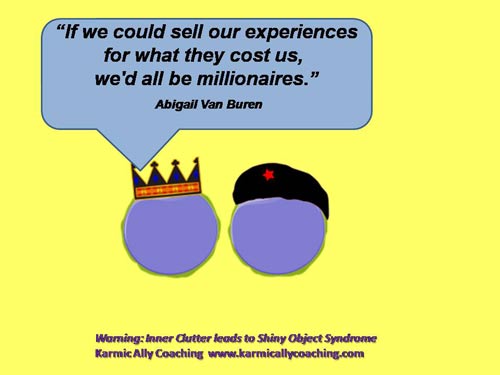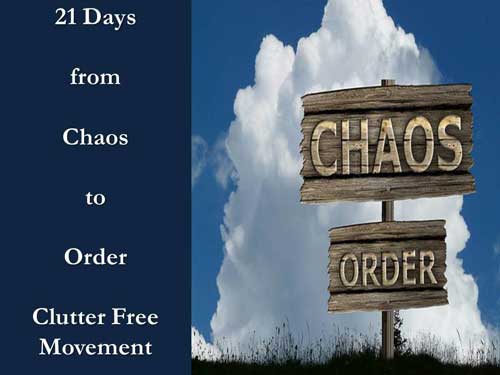Many years ago, when I first returned to India, I wanted to buy a particular Avon cosmetic product. I contacted their head office and was put in touch with my area Avon lady to make the purchase.
Avon Lady had business development ideas/ Despite my pleas, she enrolled me as an agent with hard core persuasion to sell products with the lure of profits. I wasn’t really interested but I wanted to buy the product and keep her happy.
So, I signed up and used my agent status to help friends into Avon place their orders. There wasn’t much profit, but I got the product I wanted. Avon Lady soon realized I was a useless recruit and stopped harassing me to make sales to meet her targets.
Frankly speaking, selling beauty products is not a skill everyone possesses. One of my friends who used to make a few purchases told me a story that made me count my blessings with Avon Lady.
A couple of her work colleagues who wanted to earn some fast money signed up for a competitor. Their terms and conditions included buying Rs 5,000/- of products up front and then selling them for profit.
They didn’t know the first thing about marketing and sales. Since the products were highly priced, selling was a challenge. Ultimately, they ended up using them themselves.
Sadder but wiser, they stopped falling for the work from home scheme that could lead to exotic holidays. That was an expensive way to avoid Shiny Objects but many times there’s no gain without pain.
Is your inner clutter manifesting as Shiny Object Syndrome?
Open a new browser tab and do a Google search for Shiny Object Syndrome (SOS). You’ll notice tons of blog posts and experts talk about how to overcome SOS and give lots of action steps.
But what about the Why part?
Last week I wrote about Shiny Object Syndrome and how professionals fall into that trap in pursuit of professional development and enhancement of skills. I touched on how FOMO affects business owners too. Here’s the link to that post.
I have yet to see anyone talk about a core issue and relationship between SOS, clutter and stress. This topic needs to be addressed.
Here’s my personal view on aggravated Stress, SOS and Clutter
The way I see it, when we are stressed out, we tend to look for relief and short cuts to our problems. While looking for solutions if the hook of the marketing message for a product or service hits a raw nerve, we go and enroll for the service of buy the product.
But that doesn’t provide instant gratification. If you don’t use your purchase or free product, then you have acquired a shiny object which lies unused.
Frankly speaking this is nothing but clutter whether it is on your computer hard drive or worse, inside your head.
Let us focus on your core clutter issue with the learning objective of beginning to gain an understanding of the specifics of Inner Clutter.
Why We Have Clutter—INNER CLUTTER
Let me start by asking you a question.
Have you ever noticed that your TO DO list never gets to TO DONE?
And, worse yet, you
a) can’t find your list it when you need it,
b) it’s gotten so long you feel overwhelmed and not much is getting done, and
c) you’ve written the same notes a million times, they’re all over in piles and stagnant places but never completed.
6 Rational Reasons for Staying Disorganized
The reasons for being disorganized are many, but there are some that can be heard anywhere:
- not enough time
- not enough space
- need help deciding or moving things
- not enough skill (don’t know how)
- need for the right systems with which to organize
- not enough money (to buy the systems or pay for help)
And if these don’t keep people from getting organized, there are 3 other “Inner Clutter” reasons – unwillingness to do it, lack of motivation and energy.
We can take each one of these obstacles to task and choose to override it and get the job of organizing underway. This is where the converting intention into action comes in.
If we really want to do something, we’ll find the time, energy and if required, money to get the work done.
But instead of taking action, we decide to find a short cut. We add to our list of outside products or services without stopping to think if all that is required is action on our part.
Clutter is a symptom of stress

We often think of a person who is surrounded by clutter as being disorganized.
Did you know that this is a sign of stress?
Left unattended it may also become the manifestation of more serious issues. Such as depression, overwhelm and complete lack of focus.
Stress is caused by many factors, but when it comes to being disorganized it’s caused by a few targeted things:
- Lack of focus (letting yourself get distracted)
- Not scheduling the time to deal with it
- Not understanding how to organize
- Not deciding what to do with it
- Lack of action
A life without focus and clarity—Inner and Outer—is a life easily distracted and drawn off course and off center.
Stress is going to happen—that’s life! However, constant and ongoing chaos, indecision and disorder pull us off center and away from all that is truly important in our lives.
When “stuff” happens, and our emotions and thoughts start going wild, we need to detach and keep our inner-self—our mind and thoughts focused and clear under any and all kinds of stressful situations “no matter what.” Then we can more easily stay focused and connected to the important doing of the next step, and the next and the next.
This blog post is not focused on your stress management techniques or how to handle stress. It is a first step to getting yourself organized which in itself will reduce some of the stress. This will give you back control over your life and possessions.
An easy clutter and stress management technique
When you see a neat and tidy room, broken things thrown away, items that you don’t need either sold or gifted to a charity, it raises your spirits.
That in itself is a stress management technique. The positive feeling will flow into other areas of your life too.
There is an emotional and psychological element in our tendency to acquire SOS and hoard them. Clutter and hoarding have been studied in great depth by clinical psychologists. Often what appears to be a simple mess may actually be an indication of more serious conditions.
To gain a better insight into our clutter and to take steps to prevent it from emerging, preventive steps are important. Sometimes we acquire stuff that may really serve no purpose.
This is where our emotions come into play. If you’re brave, ask yourself some hard questions before jumping into acquiring something which is otherwise useful but is a SOS adding to clutter for you.
Maybe its FOMO (Fear of Missing Out)?

Eating fish Shiny Object Syndrome
I saw this played out when I hosted a pilot of my 21 Day Clutter Challenge for free with the caveat that I wanted feedback to fine tune the program. Of the 25 sign ups, only 5 participants stuck to the full program and benefited. Their feedback was priceless.
Of the others, maybe 5 more stayed on track but didn’t complete the program.
15 never bothered to even open the mails with the modules! One of the participants was a member of a mutual Facebook Group. I wrote to her asking for feedback since I could see her activity and knew that she was downloading all the handouts. Presumably, she did the work.
I was stumped by the feedback. While she downloaded everything, she had signed up for quite a few free challenges and hadn’t done any of the work. So, she couldn’t give me the feedback I needed.
It goes without saying that this is, in my books a classic example of Shiny Object Syndrome!
What next?
I discuss more practical steps in my Kindle ebook Cure Shiny Object Syndrome.
The truth is that once we take the sting out of the decision, it is much easier to take the right action. Understanding ourselves helps us to understand why that item became clutter in the first place and how to prevent it in future.
So, what’s the state of your clutter and acquisition of shiny objects? Want to take charge of your situation and make the required changes?
If yes, then I recommend enrolling for my 21 Day Clutter Challenge where we address both your Inner and Outer Clutter. We’ll also take a look at Shiny Object Syndrome too.
Click the image below to enroll in the challenge if your answer is in the affirmative.





 I adhere to the Certified Coaches Alliance Code of Ethics and Standards. A copy is available on request.
I adhere to the Certified Coaches Alliance Code of Ethics and Standards. A copy is available on request.
 Let's Talk through the Connect Form:
Let's Talk through the Connect Form: